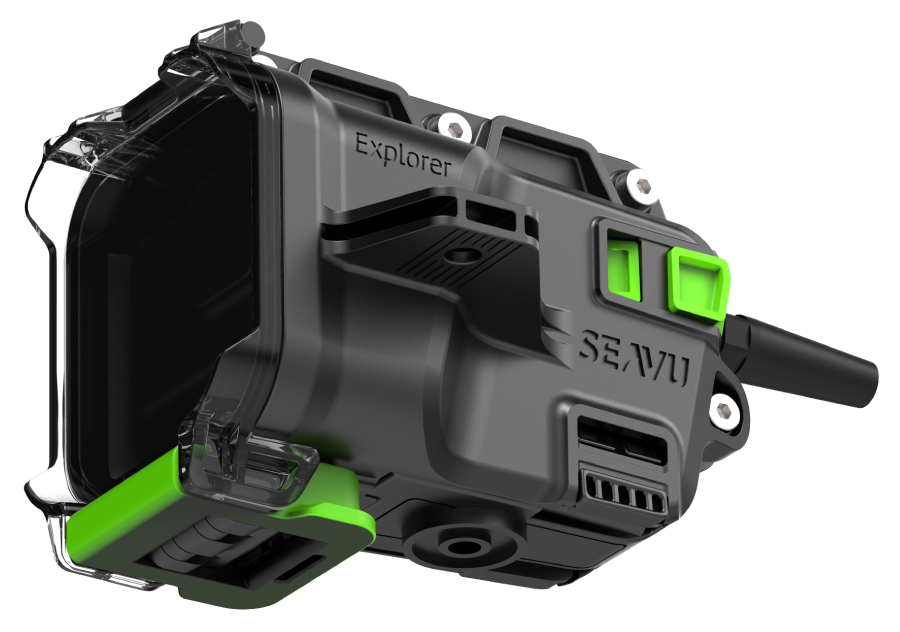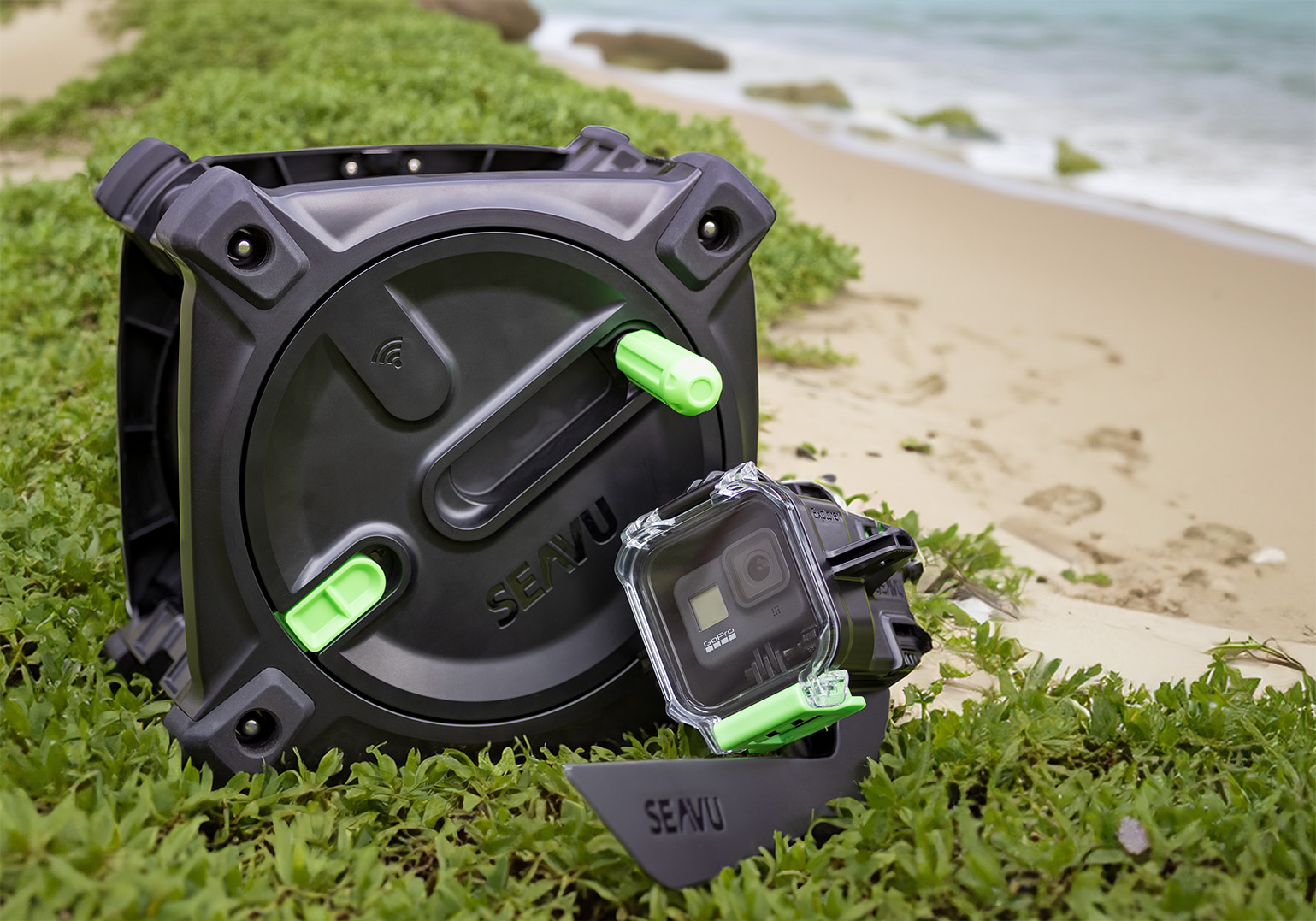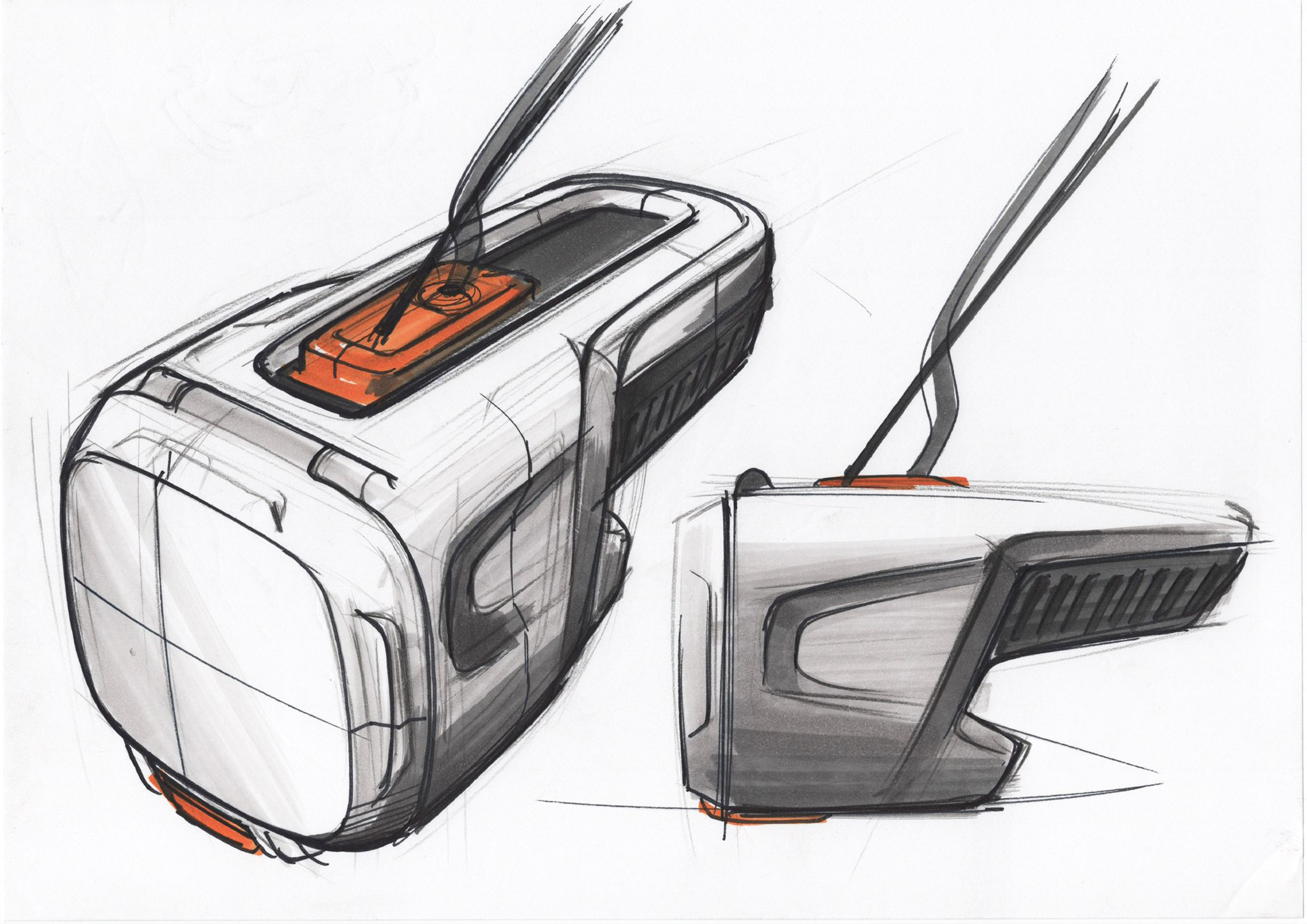Case Studies
SEAVU

A revolutionary platform bringing cutting-edge underwater videography within everyone’s reach.
The SEAVU Explorer is the first product that makes underwater live-viewing and videography from a boat truly accessible to consumer markets.
Designed for a wide range of use cases, from boating and fishing to research and documentary filmmaking, it enables users to connect with the mysteries of the deep from the comfort of their boat.
Services delivered
- Concept Development
- Industrial Design
- Product Engineering
- 3D rendering
- Prototyping
- Environmental Testing
- Manufacturing & Sourcing


Project goals
SEAVU’s main goals were to fill a gap in the market for underwater and fishing camera technology while also making it more accessible to consumers.
- Bring cutting-edge underwater videography within everyone’s reach.
- Provide a more cost-effective platform for consumers.
- Allow users to connect their existing devices for underwater filming (even if they aren’t inherently waterproof).
- Support deeper underwater exploration.
- Adapt to a diverse range of use cases and industries (fishing, marine research, documentary making).
Features
- IP68 waterproof case.
- Compatible with smartphones, tablets or laptops.
- Also compatible with any off-the-shelf action camera like GoPro, Insta360 and DJI.
- Supports depths up to 50 metres.
- Passive WiFi Extension Antenna for live streaming up to 27 meters underwater.
- Real-time filming and monitoring capabilities.
- Modular accessory clips that enhance versatility and adaptability for various use cases.


Results
Marine Research and Conservation
- Rescue Operations: Played a role in the Sea World Foundation’s third and most intricate whale disentanglement operation of the migration season, contributing to the successful rescue of an eight-metre humpback whale off Iluka, Northern NSW.
Awards and Recognition
- Core77 Design Award – Won in the A/V & Photography Equipment category in 2023.
- Victorian Premier’s Design Awards – Recognised for its design and societal impact in the product design category.
- Good Design Award – Won an award for excellence in product design and innovation, particularly in making underwater live-viewing accessible to consumer markets.
- Received significant recognition within the marine research community for contributions to marine conservation and documentary filmmaking.





Let’s bring your product to market
About the project
Why Our Clients Love Working With Us


Why Choose Us?
-
 Work with our directors
Work with our directorsBy choosing Paraform, you can rest assured knowing our knowledgeable directors are overseeing your project from start to finish.
-
 Reduce defects
Reduce defectsBy taking the time to test the nuts and bolts properly, we can assure you of a higher-quality product that’s well-crafted and unparalleled.
-
 Nimble processes
Nimble processesWe’re a lean product engineering team based in Melbourne, and we pride ourselves on working quickly and efficiently at every stage.
-
 End-to-end services
End-to-end servicesNo matter what stage your product idea has reached, we can help you bring a new product to market from the ground up, pronto.

Let’s bring your product to market







